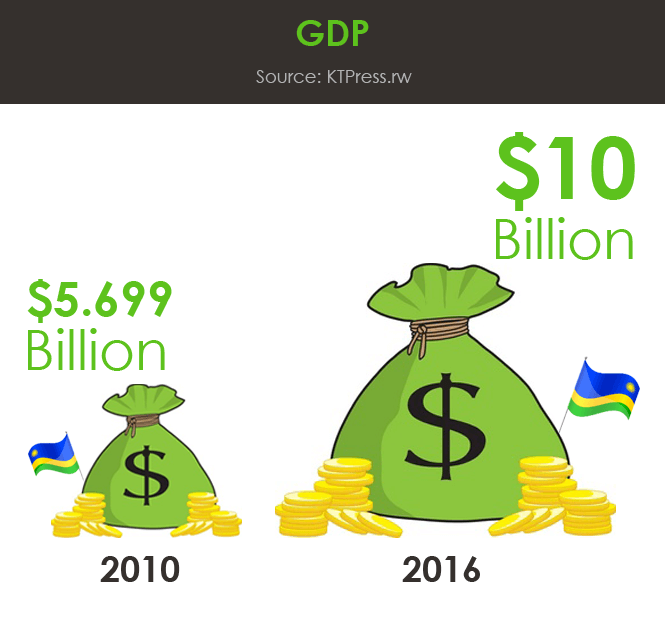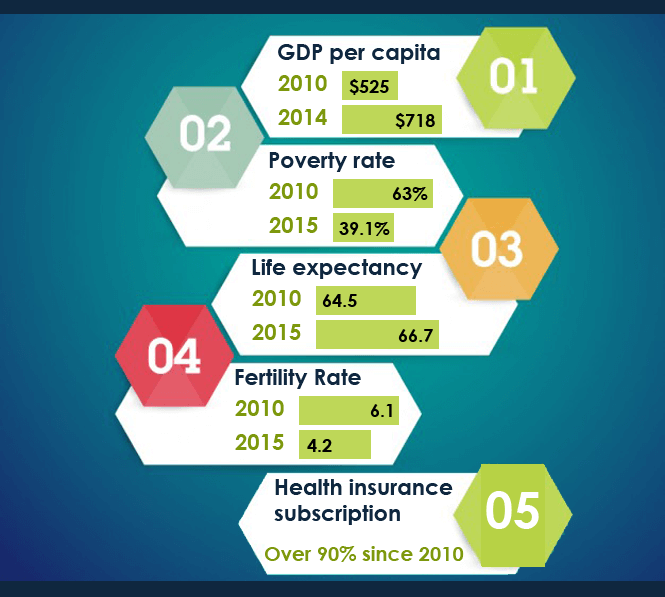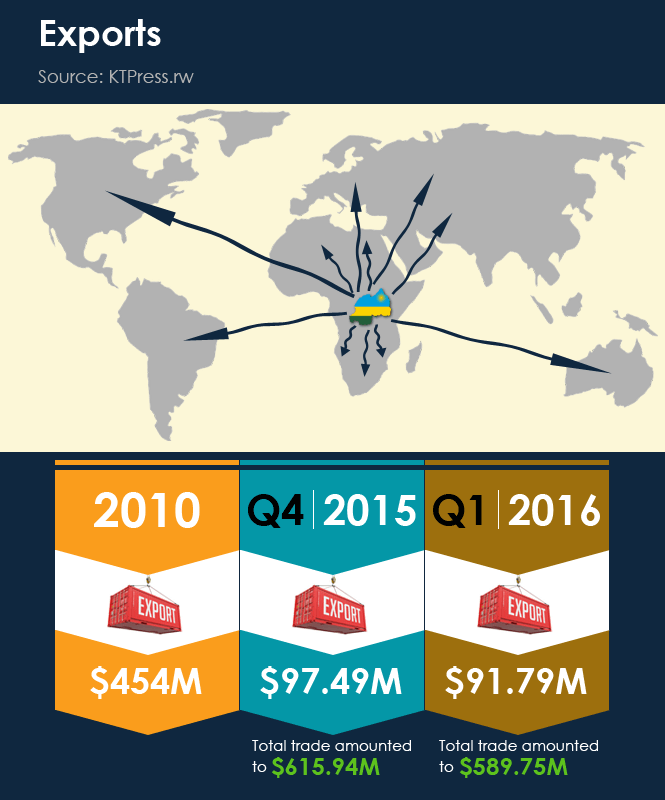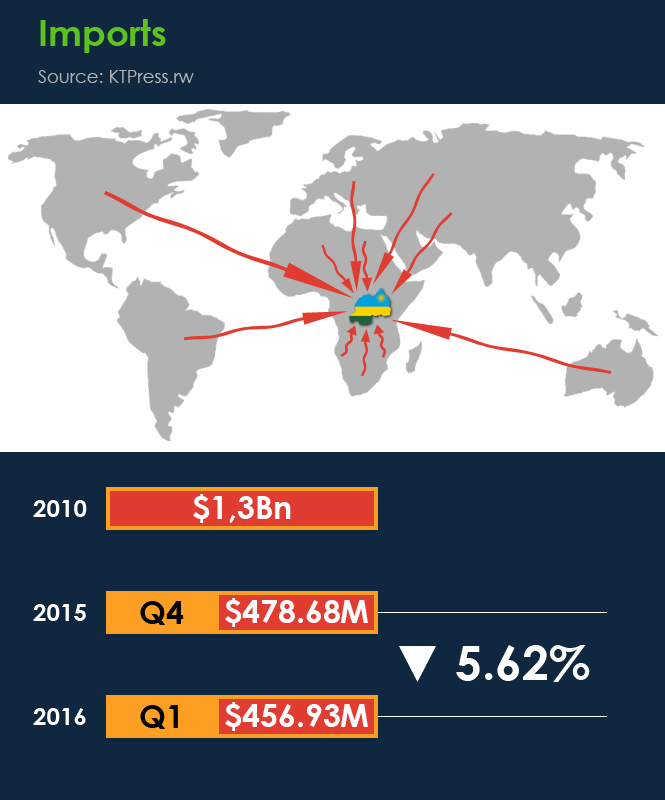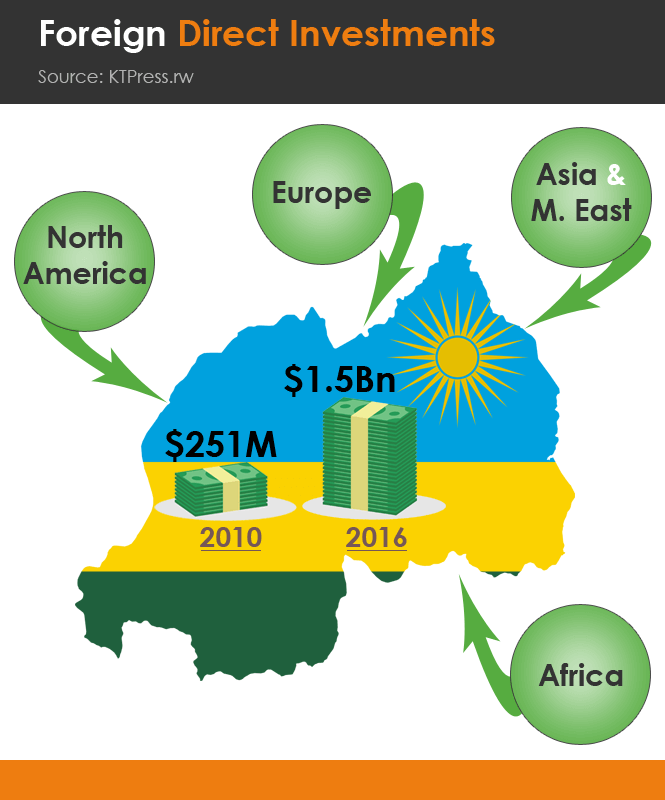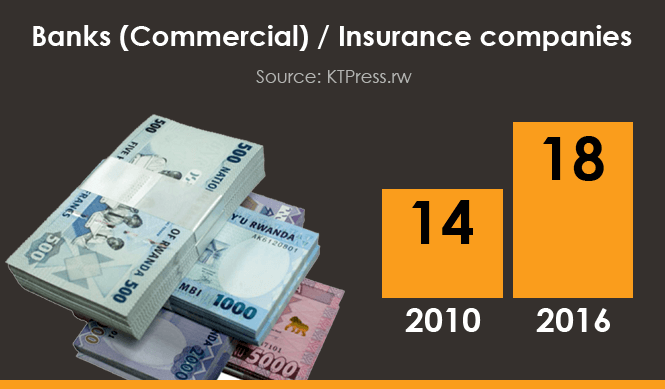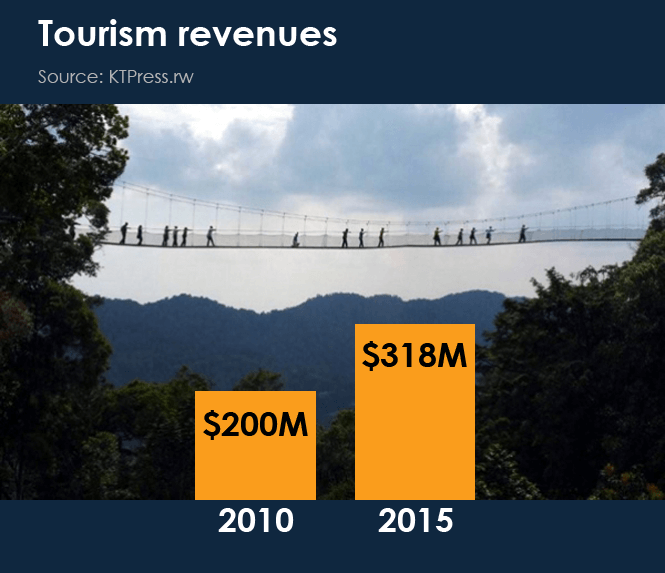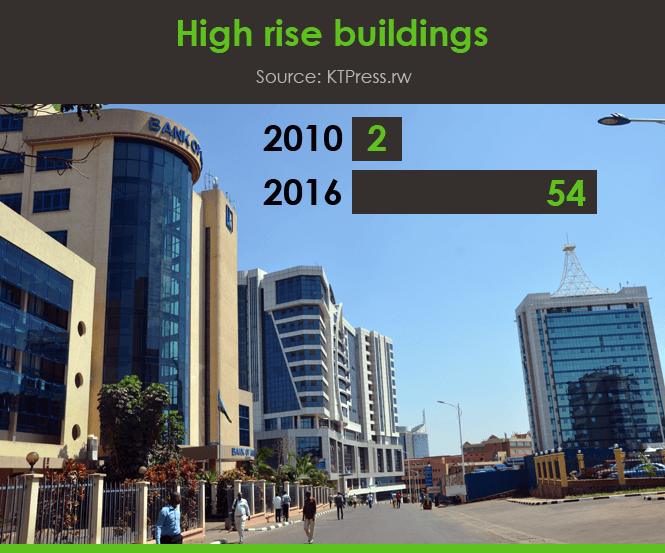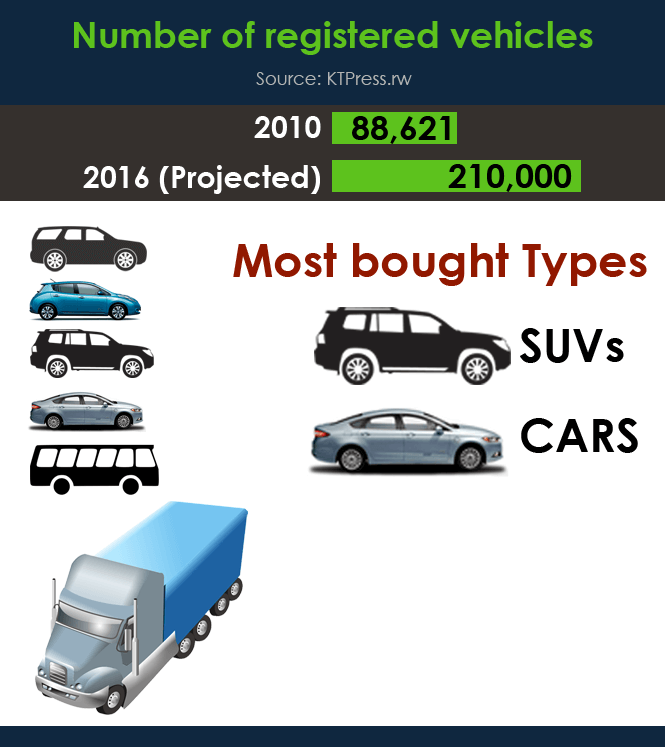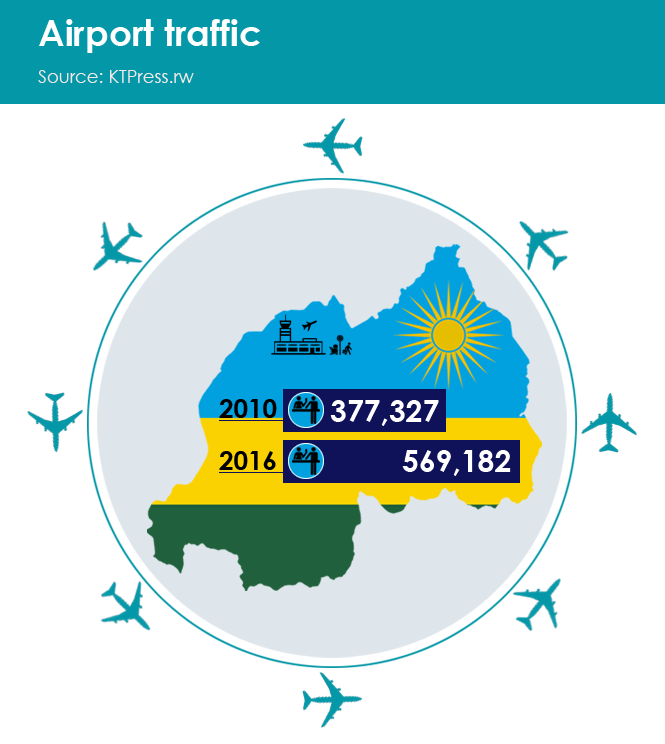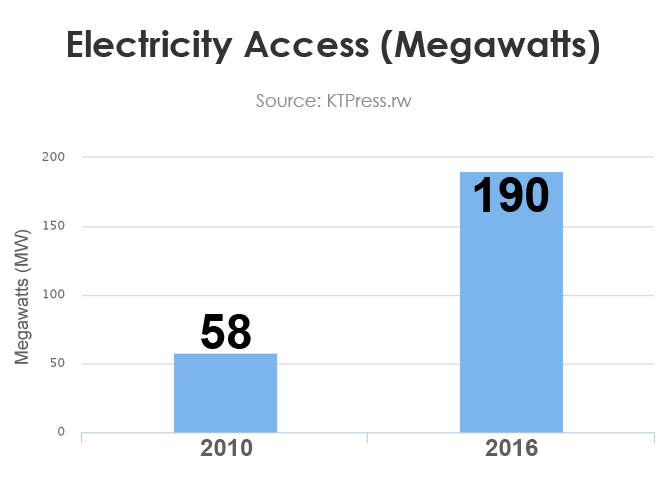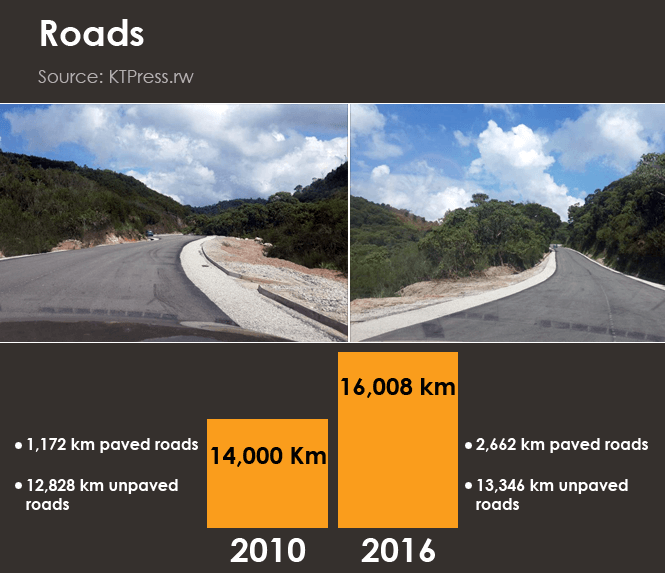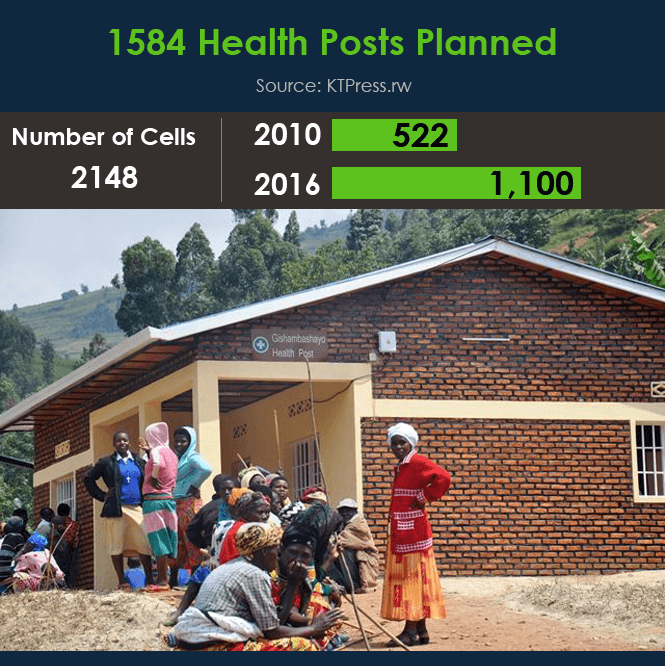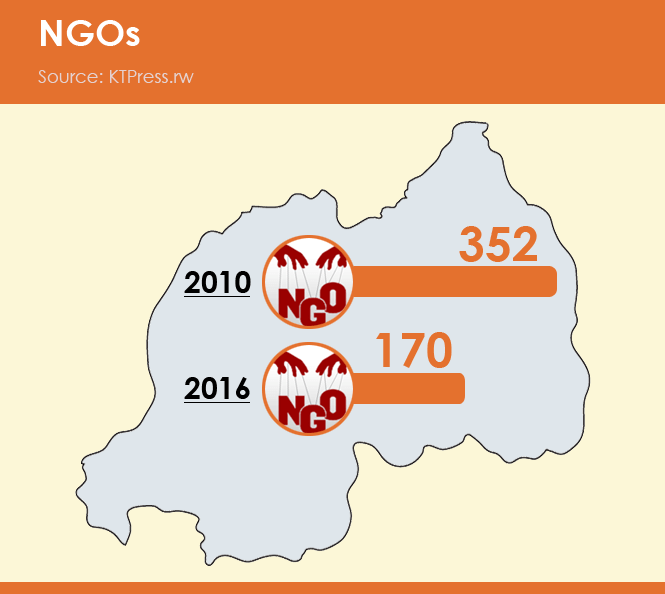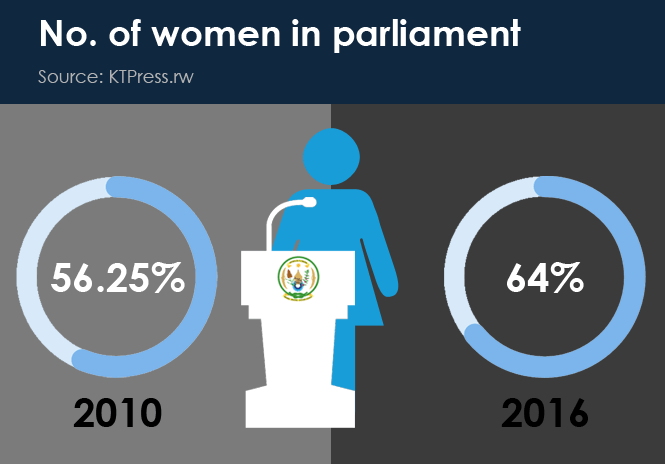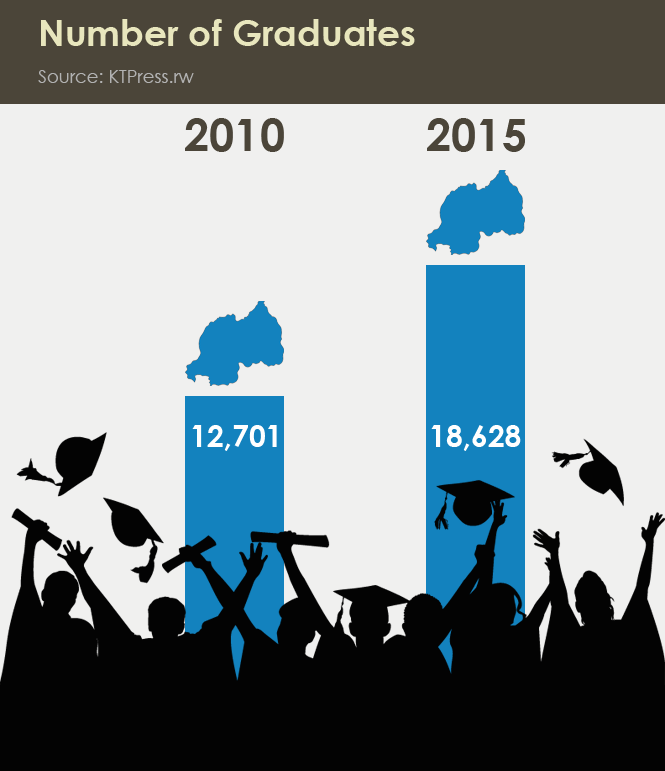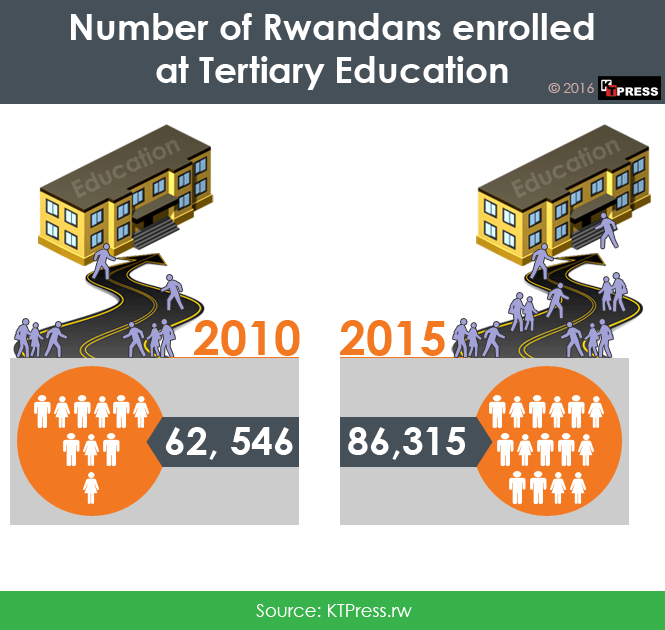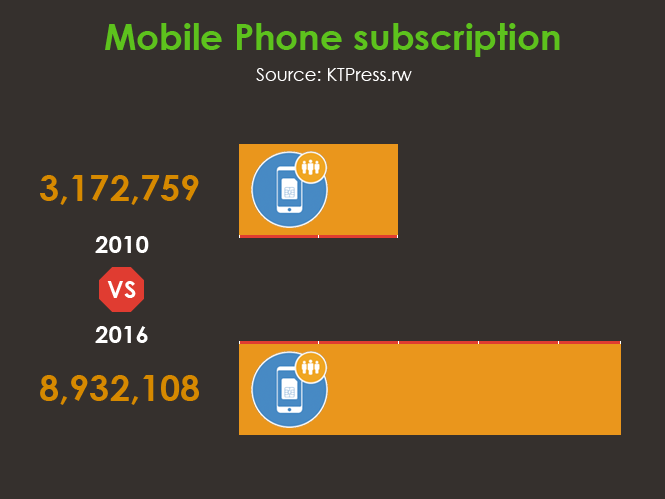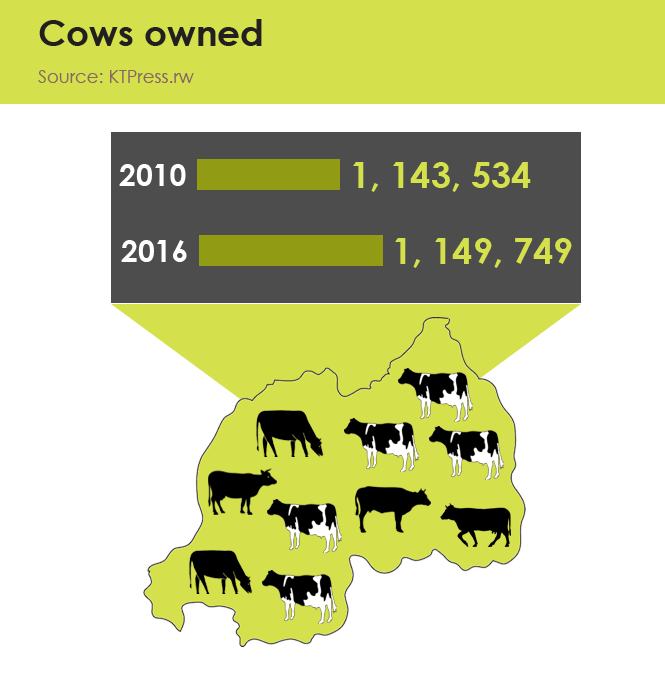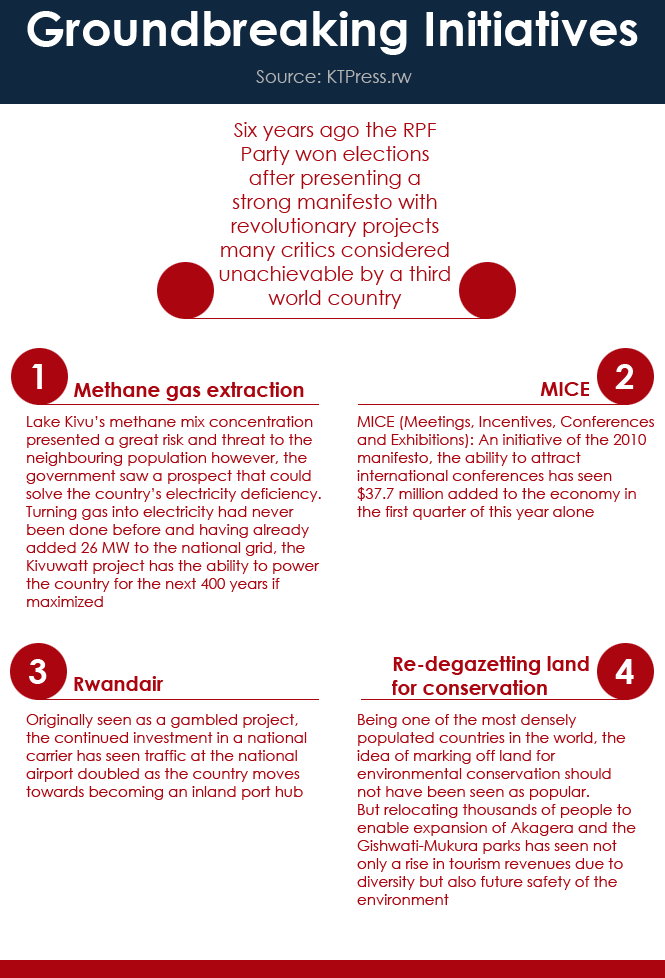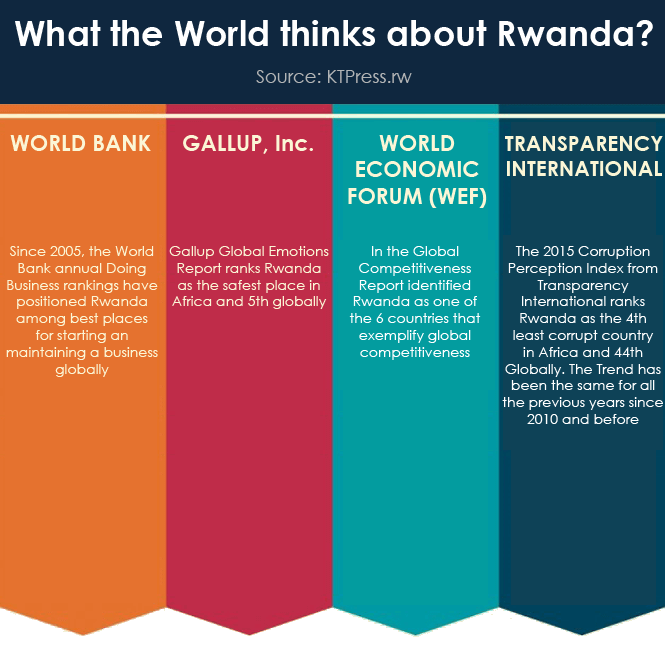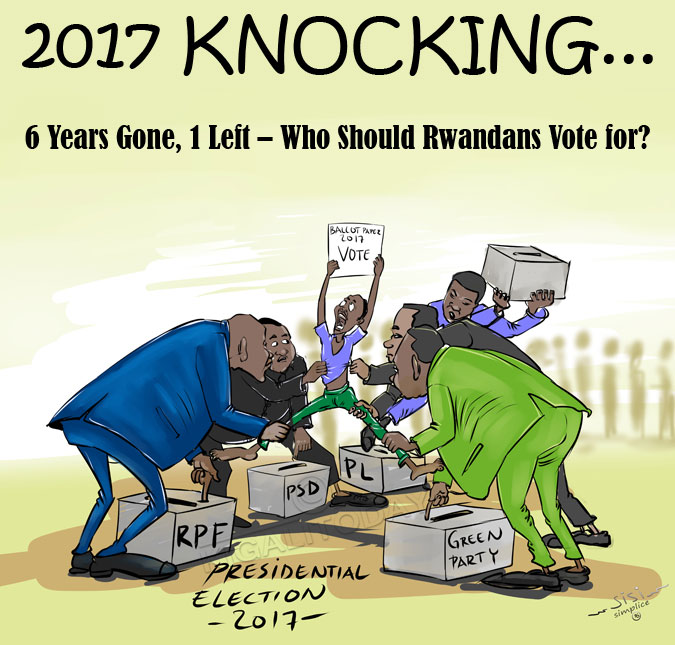
At about 3am on August 10, 2010, incumbent leader Paul Kagame took to the podium to address a fully packed Amahoro national stadium. Some had been awake since 5am the previous day waiting to cast their vote.
Rwandans are warming up for presidential elections that are more likely to be scheduled around this time in 2017 – and they will look back to events prior to this day for clues on where to cast their vote.
As KT Press’ Arnold Kwizeza and Dan Ngabonziza report using a comprehensive compilation of data derived from a huge trove of reports and interviews, all has not been rosy for the governing Rwanda Patriotic Front (RPF) party led by President Kagame. The past six years have been marked by huge local, regional and international challenges.
But somehow, Kagame and his administration have gotten around. From launching some of the most ambitious projects never tested anywhere like methane gas extraction on Lake Kivu, to having to convince poor Rwandans to part with some of their hard-earned income to establish a sovereign wealth fund – called here the Agaciro Development Fund. The scheme has reached nearly $60m in a few months.
Right from 2003, when the country held democratic presidential polls under current constitution, the RPF has found itself competing against the same forces. There is the Social Democratic Party (PSD) led by current natural resources minister Dr.Vincent Biruta; and Liberal Party (PL) for Lower Chamber Speaker Donatille Mukabalisa. Going by news reports that have played the rounds for months, there will be new players on the ballot including – most likely the Democratic Green Party of Rwanda (DGPR).
Judging from the heated campaigns that PSD in particular put up in 2010, RPF is in for a tough race come 2017.
On the other hand, the country has seen in recent times, an upsurge in malaria cases – with mismanagement at the ministry of health to blame. Despite uplifting millions out of poverty during this tenure, some of the funds meant for these programs have ended up in hands of individuals they are not meant for.
In the midst of this though, a toxic Lake Kivu has been turned into a fully operating potent source of electricity with ability – if maximized – to power Rwanda for the next 400 years. This goes on and on!
Our analysis of large quantities of data shows that RPF’s perennial competitors will have no easy ride convincing the nearly 5.4m voters to cast the ballots in their favour. We have made a comparative analysis of what the situation was like in different sectors of Rwanda back in 2010 and what it is like six years down the road. We are showing you the state of the country which Kagame inherited and where he has managed to position it – one year to end of his last term.
